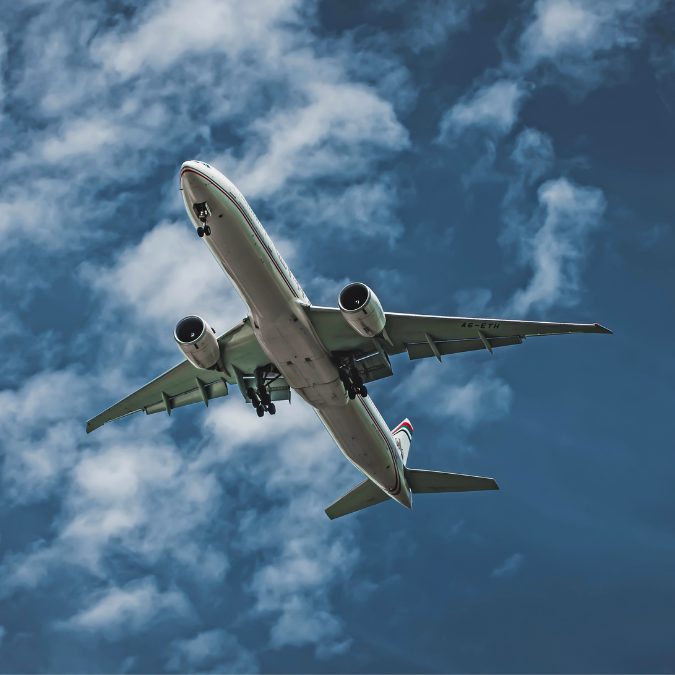Can You Use A Cell Phone On A Plane (2024)
Unlock the skies to connectivity mysteries: Can you use a cell phone on a plane? Discover the in-flight secrets and stay connected at 30,000 feet!
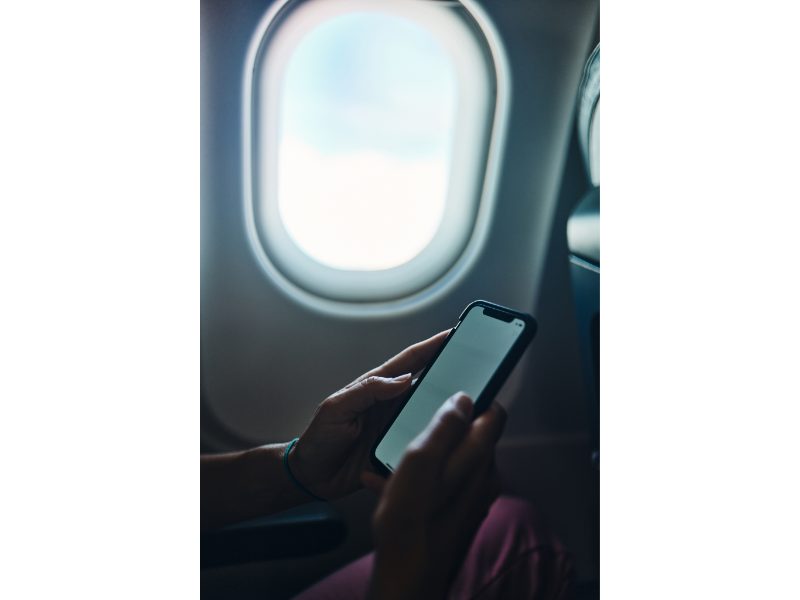
In today’s digital age, staying connected is more important than ever. With the ubiquity of smartphones, it’s natural for passengers to wonder if they can use a cell phone on a plane.
While technology has advanced significantly in recent years, the rules surrounding in-flight cell phone use remain a topic of interest and confusion for many travelers.
In this blog post, we’ll explore the regulations and considerations regarding cell phone use on planes to help you better understand when and how you can stay connected while in the air.
THE HISTORY OF IN-FLIGHT CELL PHONE USE
In the early days of commercial aviation, the use of cell phones on planes was strictly prohibited. The concern was that the radio signals from cell phones could interfere with the aircraft’s communication and navigation systems.
Airlines enforced this ban to ensure the safety of all passengers. However, over time, technological advancements have changed the landscape of in-flight connectivity.
AIRPLANE MODE
Most modern smartphones are equipped with a feature called “Airplane Mode.” When you activate Airplane Mode, your device disables its wireless communication functions, including cellular, Wi-Fi, and Bluetooth.
This mode ensures that your phone won’t interfere with the aircraft’s systems, as it effectively turns off the transmission and reception of signals. Therefore, it’s always advisable to switch your phone to Airplane Mode when you’re on a plane.
IN-FLIGHT WI-FI
Many airlines now offer in-flight Wifi services, allowing passengers to connect to the internet using their devices. This means that even though you can’t make traditional cell phone calls or send SMS messages, you can use apps like WhatsApp, Skype, or Zoom to make voice and video calls over Wi-Fi.
However, keep in mind that in-flight Wi-Fi services are not free and may have limited bandwidth, so streaming videos or downloading large files could be restricted or incur extra charges.
REGULATIONS VARY FROM AIRLINE AND REGION
While Airplane Mode is a universal requirement on all commercial flights, the policies regarding in-flight cell phone use can vary by airline and region. Some airlines allow the use of cell phones for texting or making calls through a designated in-flight system.
However, this is relatively rare, and it often comes with additional fees. Additionally, some countries have stricter regulations regarding in-flight cell phone use, so it’s essential to be aware of the specific rules on your particular flight.
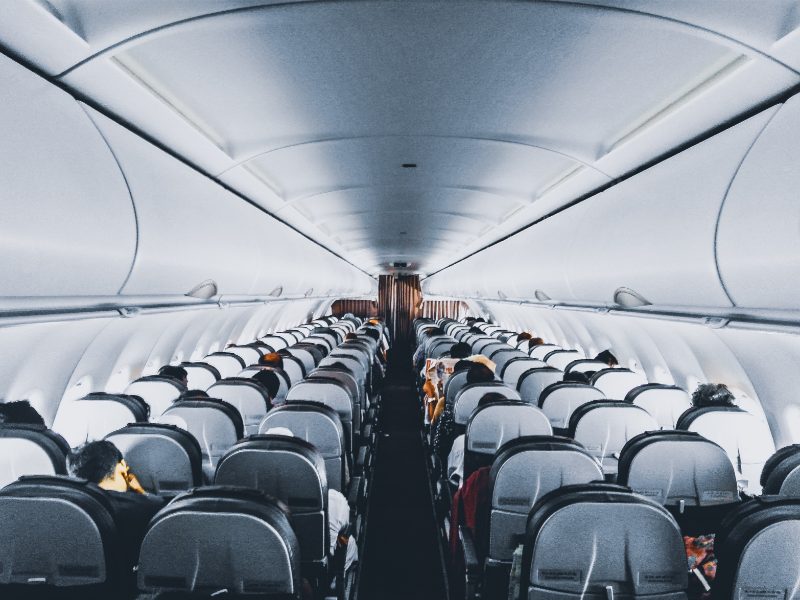
WHAT IS THE FEDERAL COMMUNICATIONS COMMISSION?
The Federal Communications Commission (FCC) is a United States government agency responsible for regulating and overseeing various aspects of communications, including radio, television, wire, satellite, and cable. Its mission is to ensure the efficient use of communication spectrum, promote competition, protect consumers, and facilitate the growth and innovation of the communications industry.
The Federal Aviation Administration (FAA) is a U.S. government agency responsible for the regulation and oversight of civil aviation within the United States. Its mission is to ensure the safety and efficiency of the nation’s airspace system and the operation of aeronautics, including both commercial and private aviation.
It’s important to note that these faa regulations are in place to maintain the safety of the flight and to minimize the risk of electromagnetic interference. While cell phone use is restricted during certain phases of the flight, passengers can still enjoy various forms of entertainment and communication through the in-flight services provided by airlines.
WHY IS CELLULAR CONNECTION WORRY SOME DURING FLIGHTS?
Cell phones are considered worrisome for use on flights primarily due to concerns related to electromagnetic interference and safety protocols. Here’s why they are a cause for concern:
- Electromagnetic Interference (EMI): One of the primary concerns is that the radio signals emitted by cell phones could potentially interfere with the sensitive electronic equipment on the aircraft, including communication systems, navigation instruments, and avionics. While modern aircraft are designed to be highly resilient to interference, the precautionary principle is applied to ensure safety.
- Unintended Consequences: Even though the risk of interference may be low, the potential consequences of such interference can be severe. In rare instances, EMI could affect critical flight systems, which is a risk that aviation authorities and airlines take very seriously.
- Airplane Mode: To mitigate these concerns, passengers are required to use their cell phones in Flight Mode during flight. This mode disables the cellular, Wi-Fi, and Bluetooth functions of the device, reducing the risk of interference to a minimum.
- Disruptions and Etiquette: Beyond safety concerns, allowing unrestricted cell phone use during a flight could lead to disruptions for other passengers. Loud phone calls or video chats in a confined space can be disruptive and potentially uncomfortable for fellow travelers.
- Policies and Regulations: Airlines and aviation authorities have established regulations to maintain order and safety during flights. These policies include guidelines on the use of electronic devices, including cell phones, to ensure a harmonious and safe flight experience for all passengers.
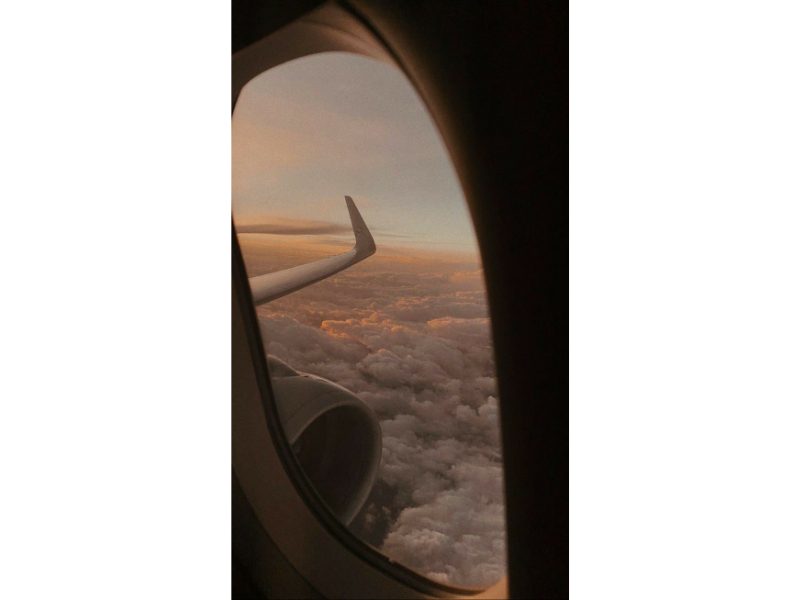
TIPS AND TRICKS TO KEEP IN MIND
1. Enable Airplane Mode:
- As mentioned earlier, the first and most crucial step is to activate Airplane Mode on your device. This disables the transmission and reception of signals and cellular network, ensuring your phone won’t interfere with the aircraft’s systems to eliminate a safety issue.
2. Inform Family and Friends:
- Before your flight, let your family and friends know that you won’t have access to cellphone use while in the air. Provide them with your estimated arrival time to manage their expectations.
3. Use In-Flight Wi-Fi:
- Many airlines offer inflight Wi-Fi connection services for a fee. You can use this to stay connected, send messages, or make VoIP calls using apps like WhatsApp or Skype.
4. Download Entertainment:
- Before your flight, download movies, TV shows, music, or podcasts to your device. This ensures you have plenty of entertainment options available offline.
5. Bring Noise-Canceling Headphones:
- Noise-canceling headphones can help you enjoy your in-flight entertainment without the distraction of background noise. They also work well for voice and video calls if you’re using in-flight Wi-Fi.
6. Follow Airline Rules:
- Different airlines may have slightly different policies regarding in-flight cell phone use. Pay attention to the announcements made by the flight crew and follow their instructions.
7. Be Considerate with Calls:
- If you must make a call using in-flight Wi-Fi, keep your voice down and use a headset or earphones with a built-in microphone. Speak as quietly and discreetly as possible to avoid disturbing others.
Remember that the primary concern during a flight is the safety and comfort of all passengers. By following these tips and being considerate of those around you, you can use your cell phone on a plane without causing disruptions or violating any rules.
FAQS
CAN I MAKE PHONE CALLS ON MY CELL PHONE DURING A FLIGHT?
Making traditional cellular calls (voice calls) is generally not allowed on most commercial flights. However, you can use in-flight Wi-Fi and apps like WhatsApp, Skype, Facebook Messenger, FaceTime or social media to make voice or video calls if the airline provides this service.
CAN I SEND TEXT MESSAGES ON MY PHONE WHILE TAKING A FLIGHT?
Yes, you can send text messages during a flight, but they must be sent using in-flight Wi-Fi or through the airline’s designated communication service if available. You SMS texts will not be available.
DO I HAVE TO PAY FOR IN-FLIGHT WIFI TO USE MY CELL PHONE FOR TEXTING AND BROWSING?
Yes, in-flight Wi-Fi is typically not free, and you will need to pay for access. Airlines often offer various pricing options, including hourly or full-flight packages.
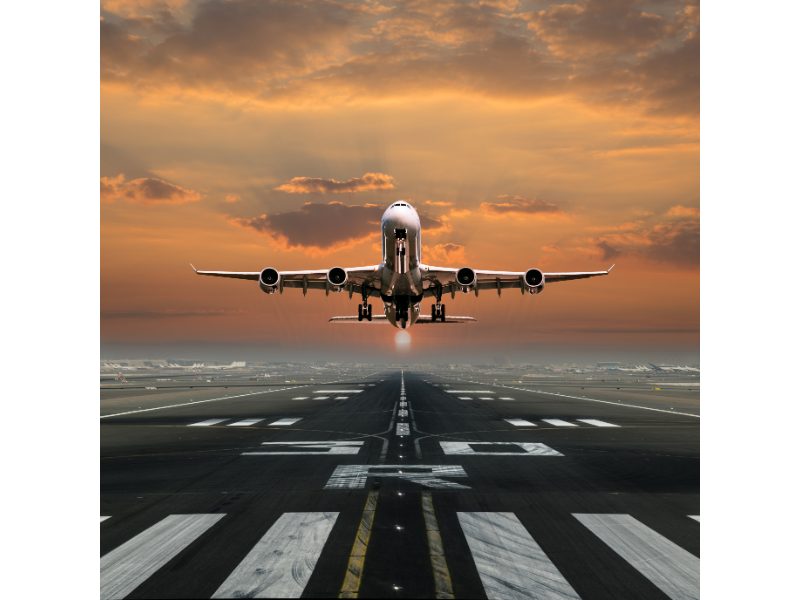
CAN I USE MY CELL PHONE DURING TAKEOFF AND LANDING?
While it was once required to turn off all electronic devices during takeoff and landing, most airlines now allow the use of devices in Airplane Mode throughout the entire flight, including these critical phases.
WILL USING MY CELL PHONE ON A PLANE DRAIN IT’S BATTERY QUICKLY?
Using your cell phone on a plane, especially for activities like streaming video or making calls over Wi-Fi, can drain your battery more quickly than usual. It’s advisable to bring a portable charger or a charged power bank.
ARE THERE ANY RESTRICTIONS USING CELLULAR PHONES ON INTERNATIONAL FLIGHTS?
The short answer is – the rules for the use of mobile phones on international flights are generally the same as for domestic flights, with the requirement to use Airplane Mode. However, international roaming charges may apply if you connect to cellular networks while in flight, so it’s wise to check with your mobile service provider beforehand. Please respect the rules for the pilots, flight attendants and all other airline passengers.
ARE THERE ANY SAFETY CONCERNS WITH USING PORTABLE ELECTRONIC DEVICES ON PLANES?
The primary safety concern with personal electronic devices on planes is the potential for electromagnetic interference with the aircraft’s systems. Airplane Mode is designed to prevent such interference, ensuring the safety of the flight.
WHAT SHOULD I DO IF I HAVE AN EMERGENCY AND NEED TO USE MY CELL PHONE ON A PLANE?
In case of a genuine emergency, you can typically use your cell phone on a plane, even during flight, with the approval of the flight crew. They will provide guidance on the appropriate steps to follow.
THE AVERAGE PRICES OF IN-FLIGHT WIFI
The pricing of in-flight Wi-Fi can vary widely depending on the airline, the route, and the type of service offered. Here are some typical pricing structures for in-flight Wi-Fi:
- Hourly Pricing: Some airlines offer in-flight Wi-Fi access on an hourly basis. Passengers can purchase a set amount of time online. Prices can range from a few dollars per hour to around $10 or more.
- Full Flight Pricing: Many airlines offer a flat fee for the entire duration of the flight. This can range from $10 to $30 or more for a single flight.
- Monthly or Annual Passes: For frequent flyers, some airlines and Wi-Fi providers offer monthly or annual subscription plans that allow unlimited in-flight Wi-Fi access on participating flights.
- Data Usage Pricing: In some cases, passengers are charged based on the amount of data they use during the flight. Prices may range from a few dollars per megabyte (MB) to larger data packages.
- Tiered Plans: Airlines may offer tiered pricing plans, with different levels of access and speed. Higher-priced plans may provide faster connections or access to streaming services.
- Free Wi-Fi: A few airlines offer limited free Wi-Fi access for basic internet tasks, such as checking email or browsing. Premium or faster connections may still require payment.
It’s essential to check with the specific airline you are flying with to understand their in-flight Wi-Fi pricing and options for internet access. Prices can change over time, and some airlines may offer discounts or promotions, especially for passengers with elite status or premium cabins. U.S airlines, virgin atlantic, british airways, alaska airlines, united airlines and american airlines will all have different rules.
Other Blog Post Related To Planes And Flying!
- How Common Is An Aviation And Plane Crash
- The Ultimate Guide of Checked and Carry-On Luggage In cm
- How Much Does It Cost To Jump Out Of A Plane
- Best International Airlines To Fly To Europe
IF YOU LOVED THIS BLOG POST ABOUT IF YOU CAN BRING COLOGNE ON A PLANE PLEASE LEAVE A COMMENT AND STAR RATING. I LOOK FORWARD TO SEEING YOUR REVIEWS!

